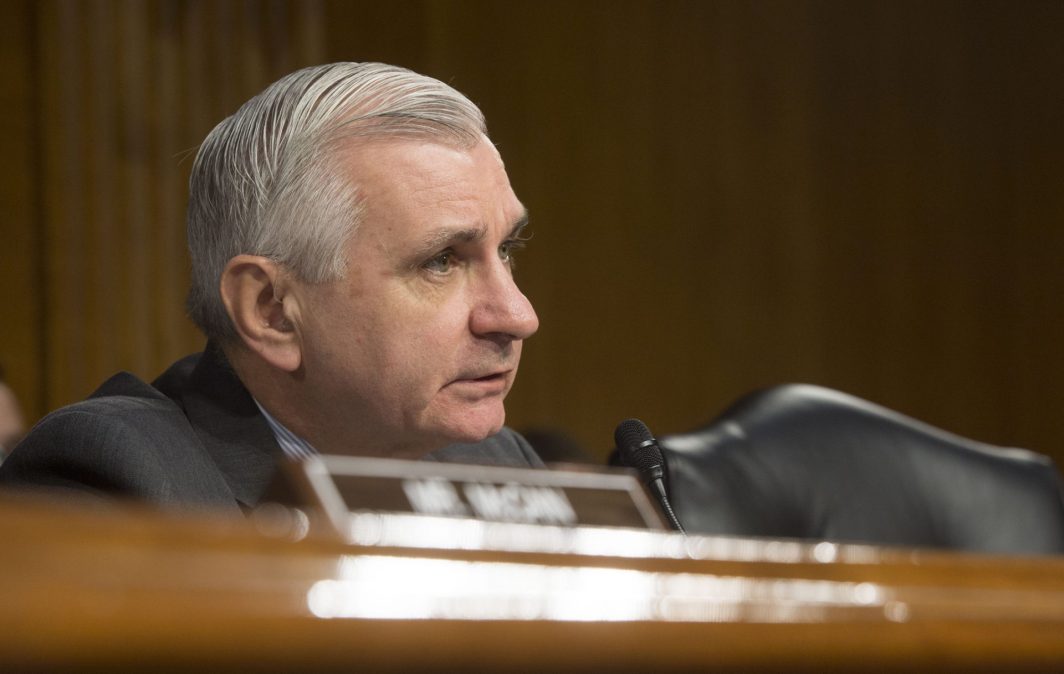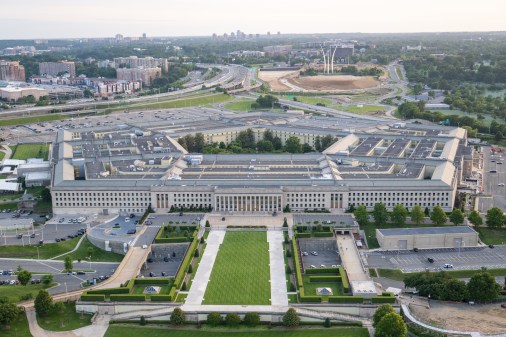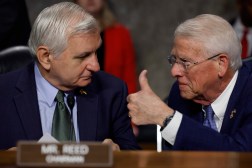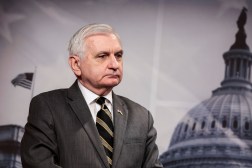SASC chair to focus on reimagining how the military fights

With the current Congress sworn in and back to business, one of the main priorities for the top member of the Senate Armed Services Committee is helping the U.S. military adapt to technological developments.
“First is reimagining how we fight. We are in a tremendously dynamic situation where technology is changing rapidly, techniques are changing rapidly, operational issues, we are truly multi-dimensional,” Sen. Jack Reed, D-R.I., told the Defense Writers Group Tuesday regarding issues he’d like the SASC to focus on this year.
The proliferation and importance of space capabilities, the reliance and criticality of the electromagnetic spectrum, and ubiquity of software all pose unique challenges and paradigm shifts from previous conflicts and eras.
“All of that has to be reimagined and integrated. And our experience in Ukraine is giving us insights for this transformation,” Reed said. “The most adaptable is the field of electronic warfare and the innovation that they’re seeing taking place, some of it spontaneously on the part of the Ukrainians just doing some ingenious things because desperate times require desperate need. They’re doing it.”
“One of the lessons I take away from this is this battle in Ukraine has been so much for in the spectrum in terms of individual Ukrainians developing software so that someone, anyone with a phone can report the location of a tank. It goes in, it’s analyzed quickly, but [with] the AI and then sent to a shooter. That’s the type of information and type of technique that we have to start evolving,” Reed continued. “The people who fight [like they did during] the last war usually end up losing it, and we don’t want to do that.”
There are steps the military has taken in recent years to get ahead of the curve, he noted. One example is the creation of Army Futures Command to spearhead the service’s modernization initiatives.
He also said there’s a “move afoot” to create a Joint Readiness Command, although he didn’t elaborate on what such an organization would do.
Reimagining how the military fights is all well and good, but it must also be underpinned by concrete modernization efforts, which Reed said will also be a big priority for his committee this year.
“We have to get equipment that is capable of operating effectively. In fact, we have to stay ahead of the competition in this regard. That requires research, investment and also requires developing production, operations and techniques to get the equipment out the door in time,” he said.






